Archaeologists Discovered a Hidden Chamber in Roman Emperor Nero’s Underground Palace
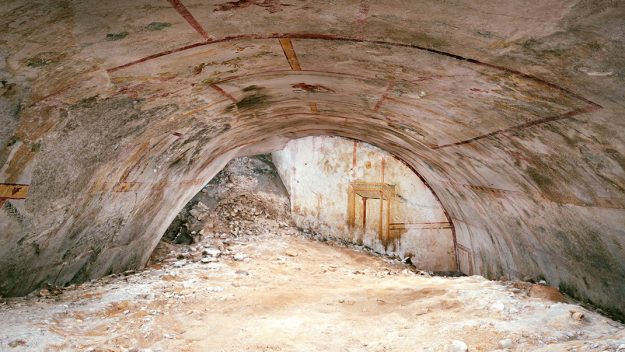
Nearly two thousand years ago, the massive palace designed by the Roman emperor had been hiding a secret.
A hidden underground room adorned with panthers and centaurs has been found by archeologists working on the restoration of the palace in Rome earlier this month.
According to a statement from Colosseum Archeological Park (Parco Archeologico del Colosse), the room, nicknamed “Sphinx Room,” is part of the remains of “Domus Aurea” (Golden House), the huge palace that Nero constructed during the fire of 64 AD, which devastated Rome.
The room was discovered accidentally, while researchers were setting up scaffolding for work on an adjacent room in the complex.
The room’s curved ceilings are 15 feet (4.5 meters) high, and much of the room is still filled in with dirt, the statement reads.
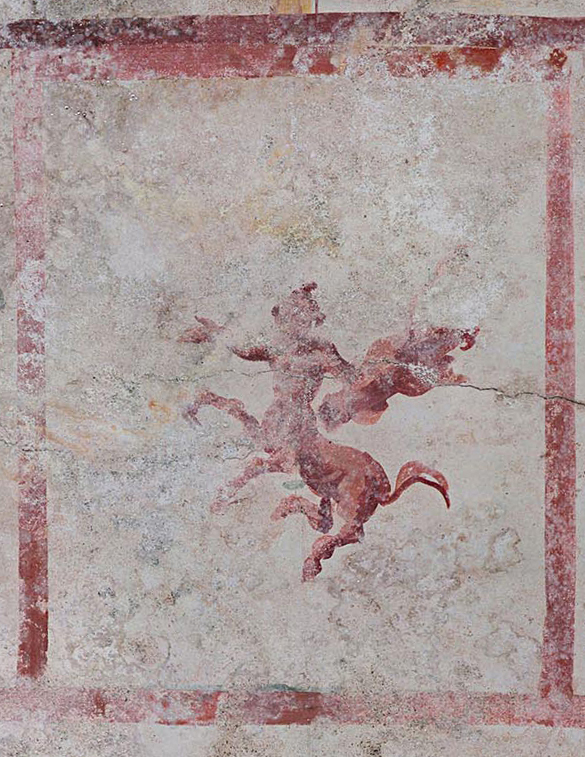
With the use of artificial lighting, crews uncovered a vault covered with colorful frescoes, featuring figures such as the god Pan, sea creatures, plant and water ornaments, a centaur, a panther attacking a man with a sword, and a “mute and solitary sphinx.”
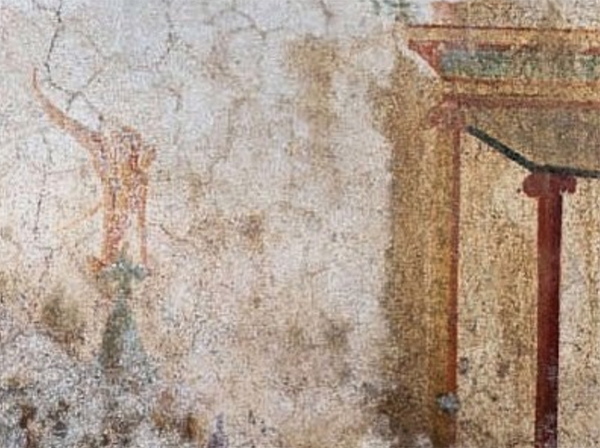
“[The Sphinx Room] tells us about the atmosphere from the years of the principality of Nero,” said Alfonsina Russo, director of the Archaeological Park of the Colosseum.
Nero was the fifth Roman emperor and the last of the Julio-Claudian dynasty. He is remembered as an ineffectual, neglectful and brutal leader, according to the BBC.
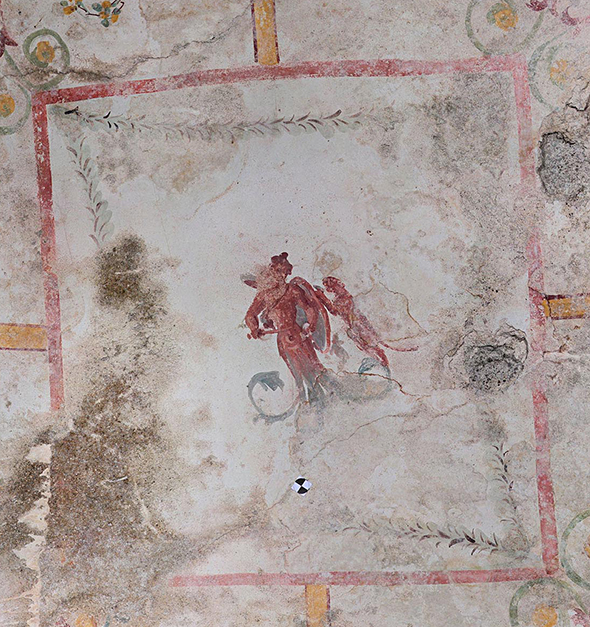
When much of Rome was destroyed in the fire of 64 AD, Nero set about the necessary rebuilding of the city, appropriating a large area for a new palace — the Domus Aurea or Golden House — for himself.
The Domus Aurea complex covered parts of the slopes of the Palatine, Esquiline, Oppian and Caelian hills, completed with a man-made lake in the marshy valley.
That lake was eventually covered up by the Flavian Amphitheater — better known as the Roman Colosseum — in 70 AD.
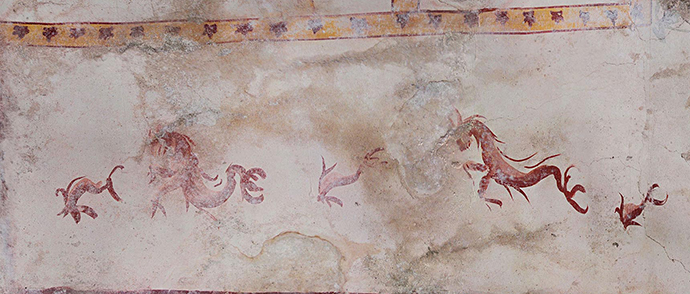
Scholars approximate the size of the Domus Aurea size to be over 300 acres, and it is believed to have included at least 300 rooms.
Experts said they will not excavate the newly discovered underground chamber further for fears for the stability of the complex. They dated the Sphinx Room between 65 and 68 AD.





